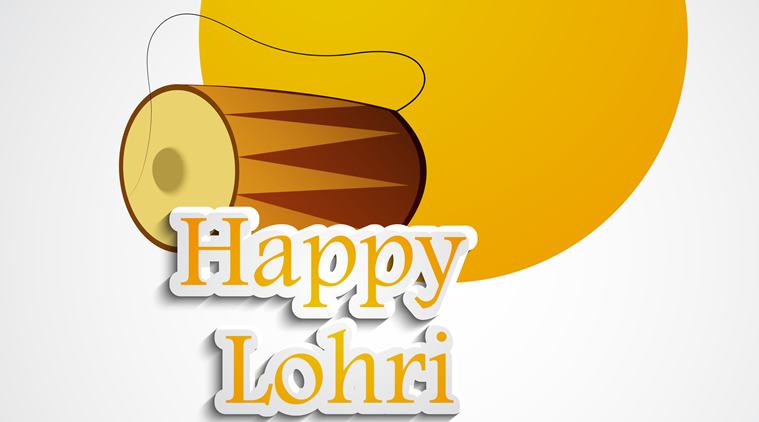By Lifestyle Desk |New Delhi |Updated: January 11, 2019 6:04:41 pm
Lohri 2019 Date: History, Importance & Significance of Lohri Festival in India
Lohri 2019 Date in India: Lohri is one of the first Hindu festivals of the year. Essentially termed as the festival of the farmers, during Lohri, people thank the Almighty.

Lohri 2019 Date in India: Observed to celebrate the new harvest season, Lohri is one of the first Hindu festivals of the year. Essentially termed as the festival of farmers in north India, during Lohri, agriculturists thank the Almighty for a good harvest and seek his blessings for the future. This year Lohri will be celebrated on January 14.
History
The origin of Lohri is believed to date back to the Indus Valley Civilisation. Since northern India and Pakistan came under the Indus Valley Civilisation, Lohri is celebrated here with much pomp and show. In other parts of the country, it is observed by different names, like Pongal in Tamil Nadu, Makar Sankranti in Bengal, Bihu in Assam and Tai Pongal in Kerala.
Even if there are many legends associated with the festival, the most famous and interesting story behind Lohri is that of Dulla Bhatti. He was popular among the poor at the time of Mughal king Akbar’s rule. He used to plunder the rich community and distribute the loot among the poor and needy. This made him famous and revered among the populace. As the legend goes, he once saved a girl from the hands of kidnappers and then took care of her like his own daughter.
Many people also believe that Lohri has its roots in the word ‘loh‘, which means a big iron griddle or tava on which rotis are prepared.
Importance and Significance
Originally, Lohri was celebrated the night just before Winter Solstice. It used to mark the coldest night of the year, which was followed by the longest night and shortest day of the year. Since the night is extremely chilly, people protected themselves by burning the fire and keeping it throughout the night and spending their time around the fire, propitiating the deities of the sun and fire and then, made merry by eating the remnants of the offering, dancing, singing and then taking heavy and delicious food, along with their relatives.
This festival also marks the harvesting time of rabi crops, that is, the crops of the winter season. Sesame seeds, jaggery, radish, mustard and spinach are also harvested, and they are the primary attractions of the festivity.
Punjabi farmers also observe the day after Lohri (Maghi) as the financial New Year.






















No hay comentarios:
Publicar un comentario